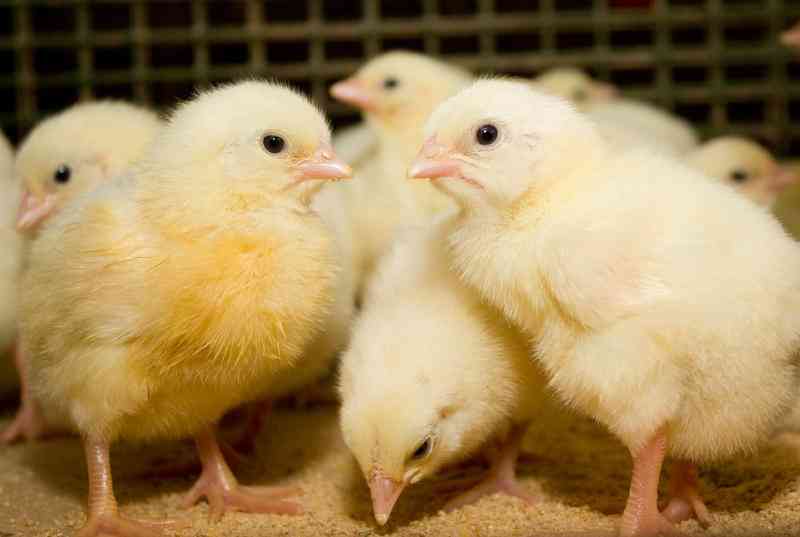
Many bacterial disease challenges in chickens can be complex and multifactorial. Robust feed, farm husbandry and health managements are all required to achieve good flock performances. From a young age through growing to slaughter or end of lay, chickens typically experience colibacillosis challenges that can impact negatively on producers' income. The severity of the disease will depend on the age and breed of the chicken, immune status, and level of management at reproduction farms, hatcheries, broiler farms and feed mills.
What causes colibacillosis?